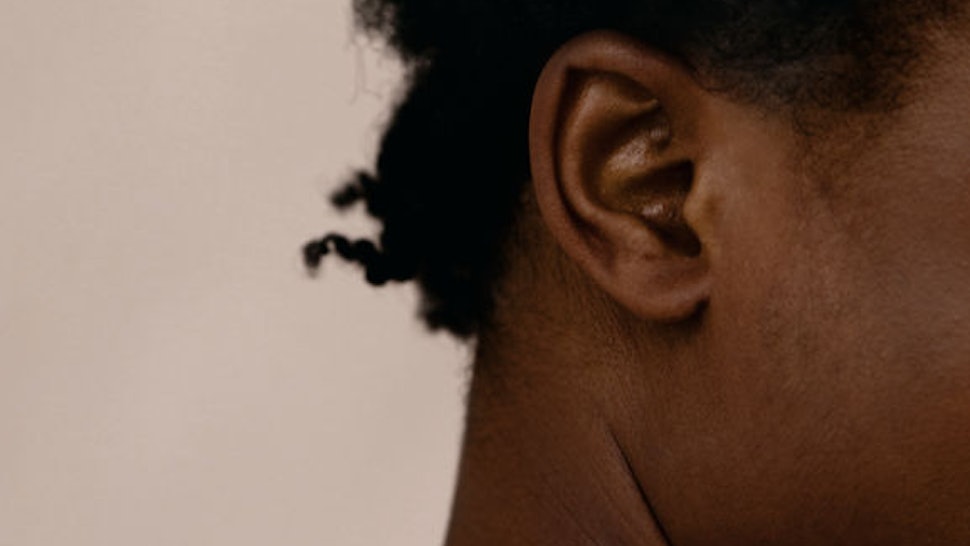
But the idea that certain natural hair textures are somehow better than others has no real, scientific basis, Dr. Afiya Mbilishaka, PhD, an assistant professor of psychology at the University of the District of Columbia who is an expert in African cultural rituals and natural hair, tells Bustle.

Before the forced migration of African people began during the 15th century, the idea that 4C hair was somehow difficult to manage was non-existent. In traditional African societies, communities with 4C hair were equipped with the proper tools and methods to take care of their coils. “We had a lot of rituals connected to hair, that could actually prevent that type of hair texture from breaking.

Ironically enough, Afro-textured strands were also believed to be linked to the heavens, Mbilishaka explains. “4C hair was actually used as more of an art form,” she shares. “Our hair is the highest point on our entire body, and therefore considered most connected to the divine.

But these sacred traditions and hair care practices were largely lost during the time of the Transatlantic Slave Trade starting in the 15th century. Tools like the wooden wide-tooth comb, along with the butters and muds used for hair care, all became inaccessible during this time — forcing enslaved African people to lose a piece of their identity.

“Part of the dehumanizing process that European slave masters and catchers did was to change the meaning and significance of tightly coiled hair,” Mbilishaka notes. “They labelled the hair as fur or wool as a way to associate black [people] with animals, [using this as a] rationale as to why they should be treated as slaves.”
As a result, enslaved people only had access to animal grooming equipment, like horse brushes and wool-cutting instruments, to take care of their hair.